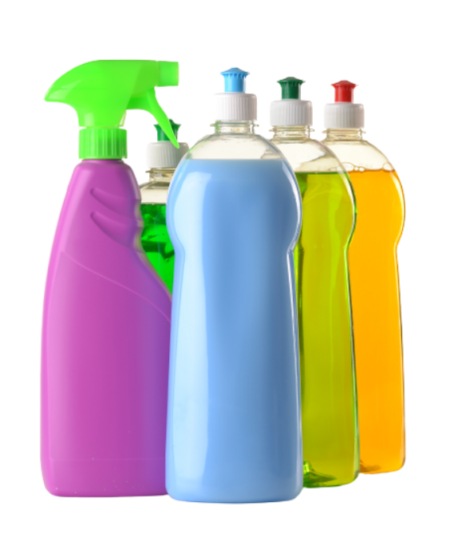The Coloring Agent in Pharmaceuticals Pet Food Coloring
The pharmaceutical coloring agent is elements that color other material which lacks color, like transparent, white, or gray. Even the coloring agents change the color of the material that already has a different color.
The coloring agent in pharmaceuticals often used as a dye in the manufacturing of pharmaceuticals such as E102 Tartrazine, E104 Quin- Oline Yellow, E110 Sunset Yellow FCF, E120 − Cochineal, carminic acid, Carmines, E122 Azorubine Carmoisine, E123 Amaranth, E124 Ponceau 4R Cochineal Red A, E127 Erythrosine, E129 Allura Red, E131 Patent Blue.
Pharmaceutical products are primarily made using food dyes in this process. Such a process aims to aid patients in differentiating between pharmaceuticals and boost product appeal. There are instances where different dyes, particularly organic coloring agents, may be harmful to the human body. Such as tablets, hard gelatin capsules, and other medical drugs; they are syrups, tablets, and capsules made of soft gelatin.
Pet Food Coloring
Food coloring is found in pet foods like treats, dog biscuits, dry food, jerky, etc., to improve looks and add color to supplement flavor. Customers put forth the effort and time necessary to locate foods made with natural colors that are completely safe. Food color comes in two forms artificial and naturally.
For pets, is food coloring safe?
FDA-approved colors should be secured in foods for people and pets if they are used properly. People who have food coloring allergy symptoms are comparatively rare. The same is true for cats and dogs, who frequently experience allergic reactions to food proteins.
Why are dyes added to pet food?
Some pet foods contain artificial coloring to offer a more appealing and uniform look or to distinguish between flavors within the same item. The addition of artificially flavored has no impact on the product's nutritional value, efficiency, or nutritive value.

Comments
Post a Comment